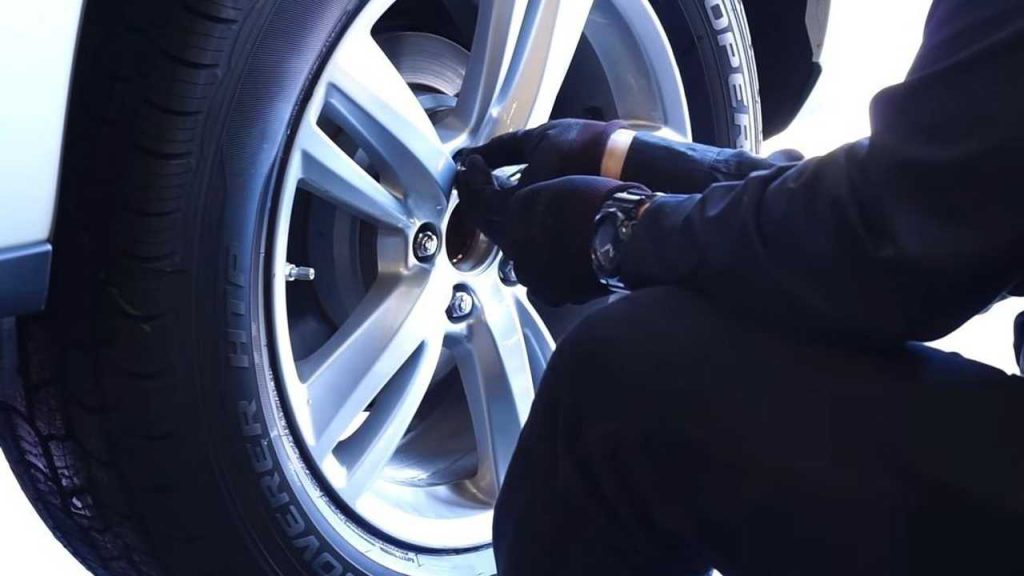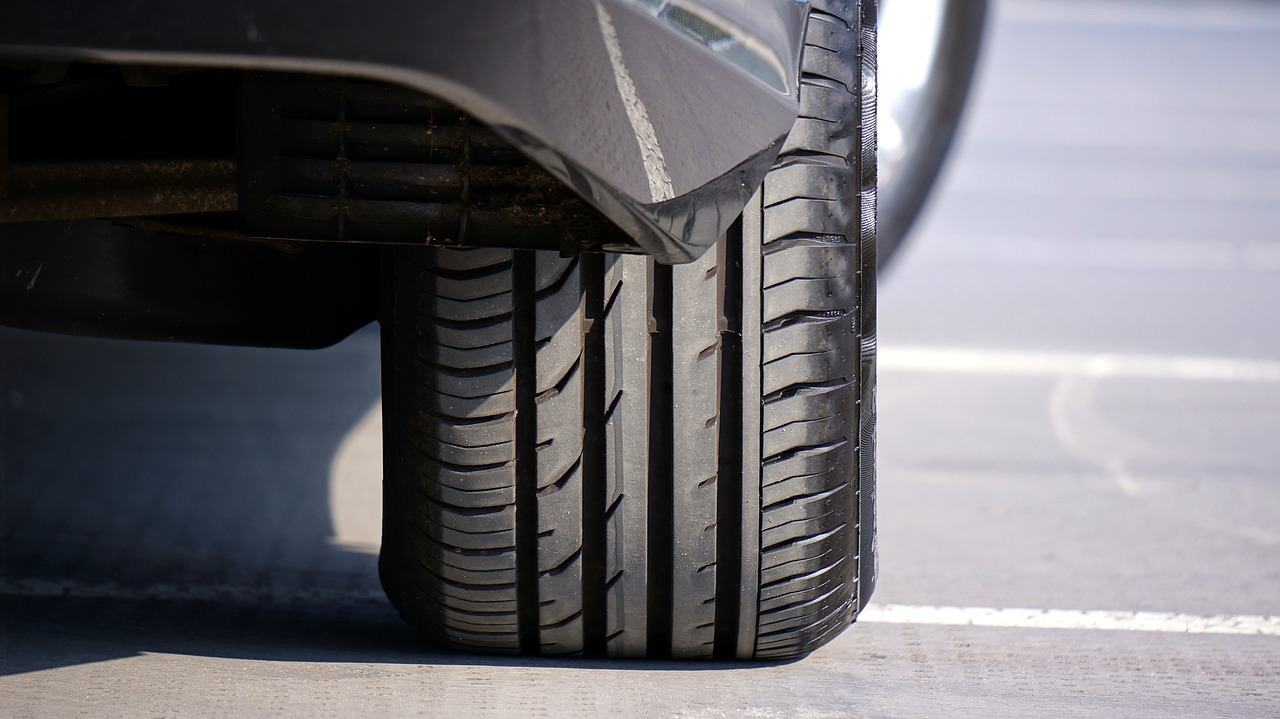It is not uncommon for people to change the tire sizes of their cars. They do this to improve the vehicles’ look, enhance the performance, comfort, and fuel economy, reduce the noise level or prepare for driving in different weather conditions and terrains. Whatever the reasons might be, there are many things you need to know about to choose the right tire sizes that won’t affect the car’s performance.

Upsize Or Downsize?
When you upsize your wheels, that means you replace the factory-standard wheels with others that have bigger rims or tires. Upsizing will increase the size of the contact patch, enhance the grip performance, cornering, and ride comfort. They will give you ground clearance when going off-road. However, the downside of having larger wheels will be harder braking and acceleration, negatively affecting fuel economy, and easier to slip on wet and icy roads. Besides, if you choose to have larger wheels and lower sidewalls, their ability to take on rough roads and potholes will go down, and more likely for blowouts to happen.
The opposite of upsizing is the downside. If you choose smaller wheels and higher side walls compared to the original wheels, that is downsizing. Usually, people do this to have a better grip when going on slippery wet roads or snow. In dry conditions, you want as much width as possible on the ground for maximum traction. But in the case of snow, you would want a width that maximizes the tread’s contact with the actual pavement. There is a phenomenon known as “floatation” that gets in the way — if the tire is too wide, it will not cut through the snow but will instead float on top of it. This is less of an issue in heavier vehicles, but it is critical in lighter vehicles. To maximize “bite,” go a little narrower (or a lot narrower if your car has really wide tires). Other than that, smaller wheels usually make a car feel more comfortable, particularly when driving over potholes and rougher road surfaces.
The Roles Of Diameter
To put it simply, many things in your car work based on your wheels’ diameter. Those things include:
- Speedometer
- Odometer
- Anti-lock brake system
- Torque
- Traction control
- Gearing settings
A change in tire diameter indicates that incorrect information is entering your vehicle’s computer. In order to respond effectively in an emergency, your car’s computer relies on accurate information from the tires. Over-sized tires, for example, may cause your anti-lock brakes to fail to engage properly.
Wider tires have higher rolling resistance than their narrower counterparts, which can reduce fuel economy. More mass from heavier wheels can also have a negative impact. As previously stated, their extra momentum can interfere with safety features such as ABS, but the extra weight also necessitates more power to move, wreaking havoc on both your fuel economy and acceleration. Your car’s anti-lock brake system isn’t calibrated to handle the increased angular momentum caused by all that extra spinning weight concentrated near the rim, and as a result, it may malfunction. The extra unsprung weight of those wheels can also put a strain on your factory springs and shocks.
Because the car’s suspension and springs were designed around the original wheel/tire setup, it’s not recommended that you go much further than plus or minus one inch. A change that is too drastic may result in handling issues as well as suspension damage. Similarly, many brake calipers and rotors have very little clearance between the components and the wheel. Going from an 18-inch wheel to a 16- or 15-inch wheel, for example, is unlikely to work because the wheel will not fit over the brakes.
SEE MORE:
- What Are The Differences Between Alloy And Steel Wheels?
- What Wheels From Other Vehicles Will Fit Your Car?
How To Find The Right Tire Sizes?
To change into the right tire sizes, you need to understand your tires first. A sequence of numbers and letters arranged in a “XXX/YYRZZ” sequence can be found on the sidewall of your tire. XXX is the tire width in millimeters and YY is the aspect ratio, profile, or sidewall height expressed as a percentage of the width of the tire. R indicates that it is a modern radial tire and ZZ is the inner diameter in inches. For example, a 225/55R16 tire is 225 mm wide, fits a 16” wheel, and its sidewall is 55% of its width.
Now is the gear ratio of your car. The gear ratio is the difference in size between the pinion gear (input gear) and the ring gear (output gear). Gear ratios are usually written in the form like “4.10:1”. The greater the first number, the more that gear multiplies the input torque, which eventually spins your wheels. If your gearing is set up to rotate the wheels a certain number of times with a smaller-diameter tire, using the same gearing with a larger-diameter tire will not rotate that tire as many times. This really affects the accelerating ability and is not good for your gas mileage. If you want to change tire sizes, doing some math to find the right compensation to keep the ratio is a must. Lucky for you, there are many tire size calculators on the internet to help you with this so you don’t have to do the math yourself.
Conclusion
If you are considering changing tire sizes, you should consider what you want to get out of your tires. If you want to improve handling and performance, you should consider upsizing your wheels. On the other hand, if you want to reduce noise, improve comfort, and increase fuel economy, you could consider installing smaller wheels. However, changing tire brands and types can sometimes improve these areas without requiring a size change. Tires are designed with these various requirements in mind, and you can find the right tire type for you by searching online.
You can visit Maintenance Tips to read more about cars’ wheels and tires, maybe you can find what you are searching for!



